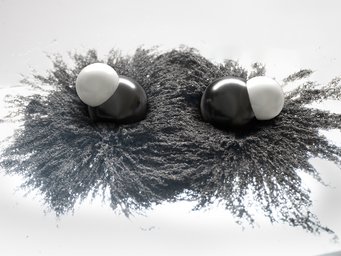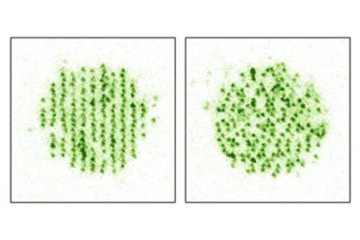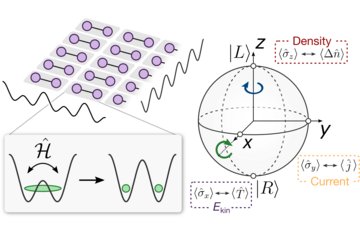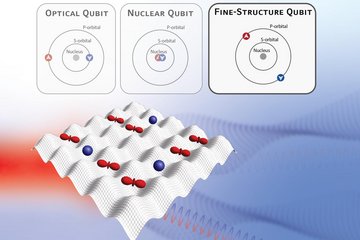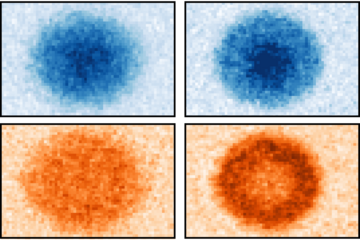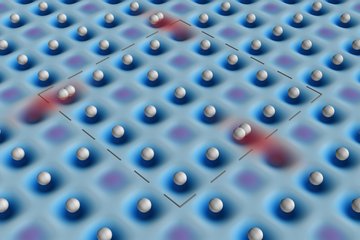Ultracold field-linked tetratomic molecules
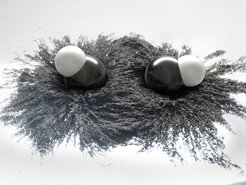
Ultracold polyatomic molecules offer intriguing new opportunities in cold chemistry, precision measurements, and quantum information processing, thanks to their rich internal structure. However, their increased complexity compared to diatomic molecules presents a formidable challenge to employ conventional cooling techniques. Here, we demonstrate a new approach to create weakly bound ultracold polyatomic molecules by electroassociation in a degenerate Fermi gas of microwave-dressed polar molecules through a field-linked resonance. Starting from ground state NaK molecules, we create around 1100 weakly bound tetratomic (NaK)2 molecules, with a phase space density of 0.040(3) at a temperature of 134(3) nK, more than 3,000 times colder than previously realized tetratomic molecules. We observe a maximum tetramer lifetime of 8(2) ms in free space without a notable change in the presence of an optical dipole trap, indicating these tetramers are collisionally stable. Moreover, we directly image the dissociated tetramers through microwave-field modulation to probe the anisotropy of their wave function in momentum space. Our result demonstrates a universal tool for assembling weakly bound ultracold polyatomic molecules from smaller polar molecules, which is a crucial step towards Bose–Einstein condensation (BEC) of polyatomic molecules and towards a new crossover from a dipolar Bardeen–Cooper–Schrieffer (BCS) superfluid to a BEC of tetramers. Additionally, the long-lived FL state provides an ideal starting point for deterministic optical transfer to deeply bound tetramer states.
To learn more about our recent publication please visit Nature.
